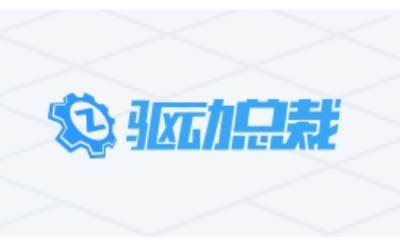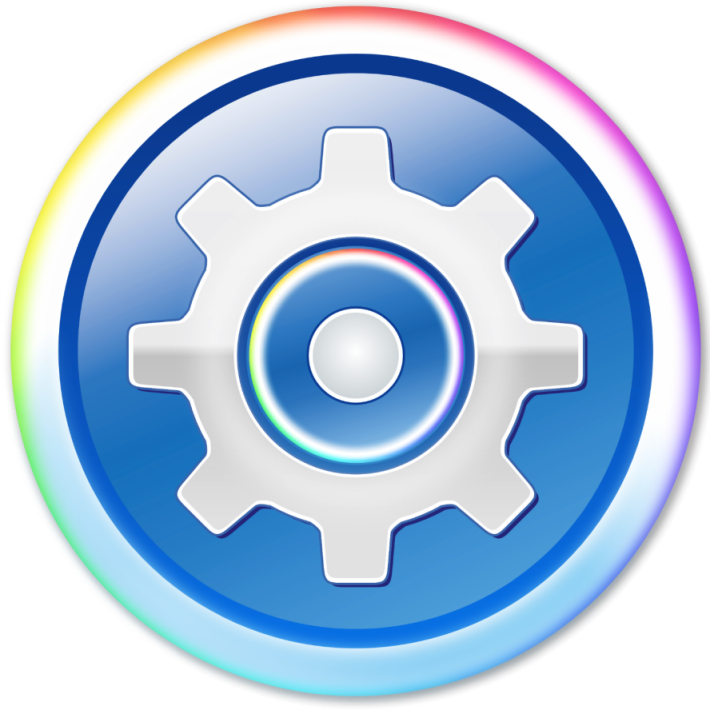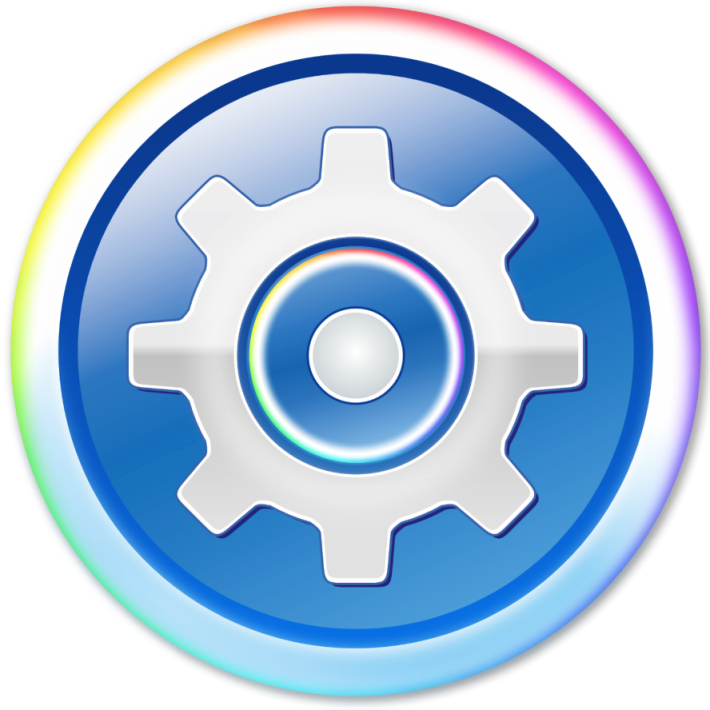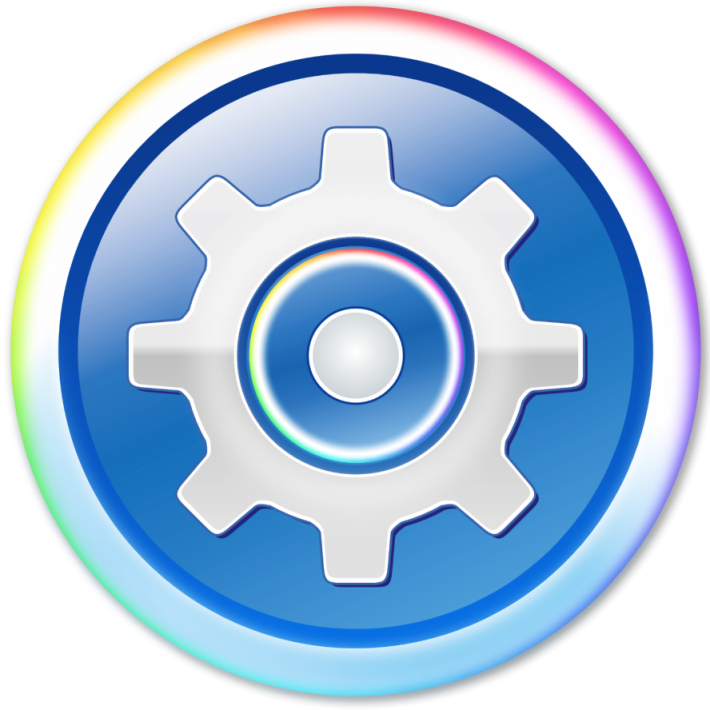Driver President is a digital tool focusing on computer hardware driver management. Through technology integration and scenario-based design, it provides users with a full-process solution from driver detection to maintenance. Online URL: www.sysceo.com

1. Core functional architecture
(1) Drive management system
Intelligent detection and adaptation
The built-in hardware recognition engine can automatically scan motherboards, graphics cards, sound cards, network cards and other devices to match the latest versions in the official driver library. For example, after installing a new system, click "Detect Now" to generate an installation list containing missing or outdated drivers. Supports manual filtering of device types (such as updating only graphics card drivers), and provides a driver rollback function to facilitate users to restore to a stable version if compatibility issues occur after updating.
Dual mode driver installation
Online mode: Relying on the cloud driver library to obtain real-time updates, suitable for use when the network environment is stable. For example, when the system prompts "The graphics card driver has a performance-optimized version," the download and installation can be completed with one click.
Offline mode: Provides a driver package of moderate size (such as the universal network card version), which can install key drivers in a disconnected environment. For example, after the system is reinstalled, the offline package can be loaded through a USB flash drive to quickly restore the network connection.
Backup and recovery mechanism
Supports encrypted backup of the current driver status to local or external storage to avoid the cumbersome process of re-searching for drivers after a system crash or reinstallation. For example, users can back up drivers before upgrading the operating system and restore them to their original state with one click after completing the upgrade.
(2) Hardware information center
Deep device analysis
Provide detailed parameters (such as model, temperature, voltage) of CPU, memory, graphics card and other hardware, and monitor the operating status in real time. For example, gamers can check the graphics card load through the "Hardware Status Monitoring" function to determine whether the driver needs to be updated to improve performance.
system information report
Generate a comprehensive report including hardware configuration, driver version, and system logs with one click, making it easier for users to diagnose problems or communicate with technical support. For example, when a blue screen appears on your computer, you can locate the cause of the fault through the driver version information in the report.
(3) Scenario-based solutions
System packaging support
"Multi-system pre-installation mode" is designed for installers, and the driver package can be customized and integrated into the system image. For example, when packaging a Windows 7 image, the driver president can automatically inject NVMe patches to solve solid-state drive compatibility issues.
PE environment adaptation
Supports running in PE (pre-installation environment). Through the "driver pre-installation to target system" function, the driver can be deployed in advance before system installation, greatly improving installation efficiency. For example, maintenance personnel can quickly repair driver abnormalities under PE through a USB boot disk.
2. Technical characteristics and optimization
(1) Driver library management
Dynamic update mechanism
The driver library synchronizes versions released by hardware manufacturers in real time, covering mainstream brands (such as NVIDIA, Intel) and niche devices (such as professional sound cards). For example, users can obtain the latest optimized version of the graphics card driver without manually visiting the manufacturer's official website.
risk control strategy
Conduct virus scanning and compatibility testing on driver updates, and automatically block versions that may cause system instability. For example, if a certain version of the driver is reported by a large number of users to cause a blue screen, the driver president will mark it as "not recommended for update."
(2) Interactive experience design
Minimalist operation process
Adopting a three-step interaction of "detection - filtering - installation", key functions (such as backup and recovery) can be completed with one click. For example, novice users can complete driver installation in 5 minutes without complicated setup.
Multilingual and localization
Interface languages such as Simplified Chinese and English are provided, and the driver package automatically adapts to the system version (such as Windows 10/11) to avoid installation failures caused by language or system differences.
3. Application Scenario Guide
(1) Daily maintenance scenarios
Regular drive physical examination
Users can set up "scheduled tasks" to automatically scan driver status and push update reminders every week. For example, gamers can ensure the smooth running of large games such as "Cyberpunk 2077" by regularly updating graphics card drivers.
Hardware upgrade support
When adding new peripherals (such as printers, Bluetooth adapters), the driver will automatically identify and install the driver. For example, after connecting a wireless mouse, the system will pop up a prompt to guide the user to complete the driver installation with one click.
(2) System repair scenario
Driver exception handling
When the hardware function is abnormal (such as no sound, unable to connect to the Internet), the "Quick Repair" function can automatically diagnose and repair driver problems. For example, if a laptop's touchpad fails due to a driver conflict, it can be solved with one click through the "Quick Repair" in the right-click menu.
Offline emergency plan
Download the "Universal Network Card Version" to a USB flash drive in advance to restore networking capabilities in the event of network failure. For example, if the network card driver is missing after a new system is installed, the driver can be installed offline by inserting a USB flash drive to avoid stagnation in subsequent operations due to the inability to connect to the Internet.
(3) Professional usage scenarios
Multi-system driver management
Supports separate deployment of drivers in different operating systems (such as Windows 10 and Linux) on the same computer. For example, dual-system users can maintain separate drivers for each system through the driver manager to avoid version conflicts.
Enterprise-level batch deployment
Provides a "driver package sharing" function, allowing administrators to distribute customized driver packages to multiple devices through QR codes or links. For example, the company's IT department can pre-install drivers for new employees' computers to improve installation efficiency.
4. Value Positioning and Ecology
(1) Hardware performance assurance tools
Driver President ensures that the hardware is always running at its best by updating drivers in a timely manner. For example, updating motherboard drivers can improve CPU overclocking stability, and updating sound card drivers can optimize sound quality output.
(2) Technology inclusive platform
Its minimalist interaction and intelligent functions lower the technical threshold for driver maintenance. For example, ordinary users can complete driver installation without mastering complex operations such as device model query and official website driver download.
(3) Cross-scenario solutions
Covering all scenario needs from personal computer maintenance to enterprise-level system packaging. For example, system integrators can use its driver pre-installation function to complete the production of a system image including drivers in 15 minutes, which is 70% more efficient than traditional manual installation.
Through technology integration and scenario-based design, Driver President has built a three-dimensional tool that integrates driver management, hardware diagnosis, and system maintenance. Its core value lies in achieving professional-level driver maintenance with low operating thresholds, while ensuring the stability and performance of user equipment through continuous driver library updates and risk control.





